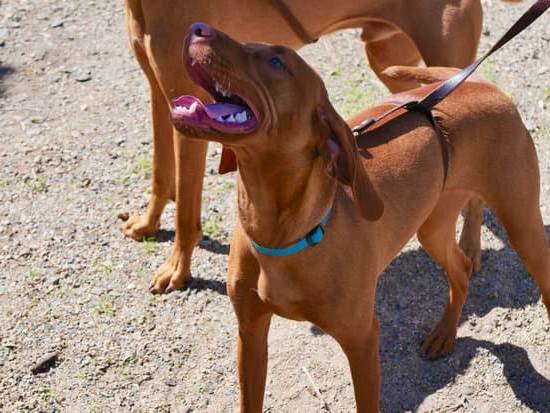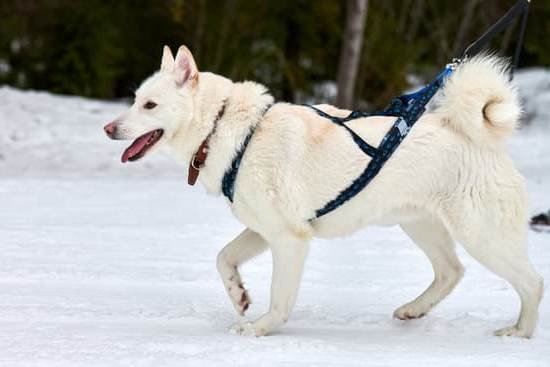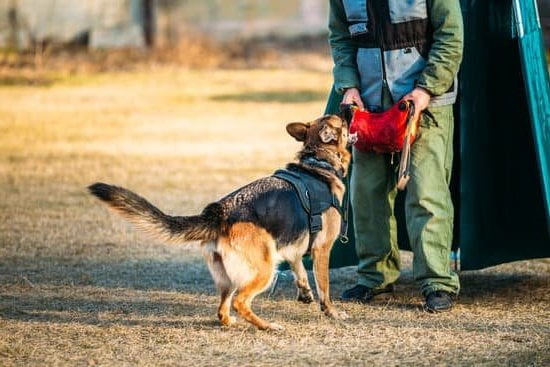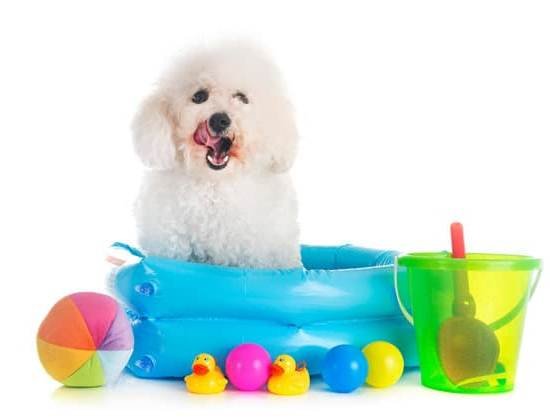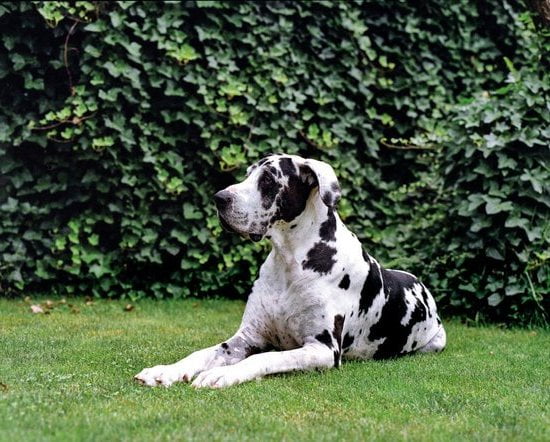?
There can be a number of reasons why a potty trained dog is peeing in the house, ranging from medical problems to behavioral issues. If your dog is regularly urinating in the house even though he or she has been potty trained, it is important to take your pet to the veterinarian for a check-up to rule out any medical problems. Once any physical issues have been ruled out, it is time to look at the dog’s behavior and try to determine the root of the problem.
One common reason why dogs may start peeing in the house is that they are no longer being rewarded for going outside to pee. Dogs are creatures of habit, and if they are not being reinforced for going to the bathroom in the right place, they may start to soil in the house instead. To correct this problem, be sure to praise your dog each and every time he or she urinates outdoors. In addition, make sure that you are taking your dog out often enough so that he or she does not have the opportunity to soil in the house.
Another potential reason why dogs may start peeing in the house is that they are feeling anxious or stressed. If your dog is spending a lot of time alone, or if there has been a recent change in the home such as a new baby or pet, your dog may start to feel insecure and may resort to peeing in the house as a way of marking his or her territory. In order to combat this problem, it is important to provide your dog with plenty of exercise and companionship, and to make sure that he or she always has a designated place to go to the bathroom.
Finally, some dogs may start peeing in the house simply because they have been taught that this is an acceptable behavior. If you have been inadvertently rewarding your dog for peeing in the house – for example, by giving him or her a treat or allowing him or her to play with a favorite toy – then your dog will continue to do this behavior in order to get what he or she wants. In order to correct this problem, it is important to be consistent with your punishments and rewards, and to make sure that your dog knows that peeing in the house is not acceptable.
How To Train A Dog To Be In The House
There are many ways to train a dog to be in the house. One way is to use positive reinforcement. This means that you give the dog a treat or praise them when they do something you want them to do. You can also use a clicker to help train the dog. This is a small device that makes a clicking noise. When the dog does something you want them to do, you click the clicker and then give them a treat.
Another way to train a dog to be in the house is to use a shock collar. This is a collar that sends a shock to the dog when they do something you don’t want them to do. You can also use a bell. This is a small bell that you put on the dog’s collar. When the dog wants to go outside, they ring the bell and you let them out.
It is important to train your dog to be in the house. This will keep them safe and will keep your house clean.
Potty Trained Dog Keeps Pooping In House
There could be a number of reasons why your potty-trained dog is suddenly pooping in the house. It’s important to rule out any medical issues that could be causing the problem, such as a urinary tract infection, parasites, or colitis. Once any medical issues have been ruled out, there are a number of behavioral reasons why your dog might be reverting back to pottying in the house.
One common reason is that the dog is being inadvertently rewarded for pooping in the house. If you’re giving the dog treats, petting him, or letting him sleep in your bed after he’s pooped in the house, he’s getting positive reinforcement for the behavior and is likely to continue doing it. You need to be consistent in your response to the dog’s pottying, either giving him a negative consequence such as a loud noise or sending him to his crate, or simply ignoring him.
Another reason dogs might start pooping in the house again is if they’re feeling anxious or stressed. If there have been changes in the family such as a new baby or pet, or if the dog is often left alone, he might start to feel insecure and have accidents as a way of trying to get attention. In these cases, it’s important to try to identify the source of the dog’s anxiety and address it through training or behavior modification.
Finally, some dogs simply don’t have a strong enough bladder or bowel control to hold it until they get outside. If your dog is consistently having accidents in the house, it might be time to consider a potty training method that’s more suited to his personality and needs.
How To Get A Dog House Trained
So you’ve decided to get a dog, congratulations! Now the real work begins. One of the most important things you’ll need to do as a new dog owner is house train your pup. This may seem daunting, but with a little patience and consistency it can be done. Here are a few tips to help get started.
First and foremost, it’s important to set up a routine and stick to it. Dogs are creatures of habit and will learn best when there is a regular schedule. Try to take your dog outside to pee or poop immediately after they wake up, after they eat, and after they play. If you can, try to take them to the same spot every time. This will help them learn where to go.
If you catch your dog in the act of peeing or pooping inside, say “NO” in a loud, firm voice and take them outside immediately. Do not punish them after the fact, as this will only confuse them. Reward them with treats and lots of praise when they go outside.
It’s also important to keep an eye on your dog and be aware of when they seem to be getting ready to go. Many dogs will start sniffing around or circling around a certain spot. If you see this happening, take them outside right away.
House training a dog can be a bit of a challenge, but with patience and consistency it can be done. Following these tips will help get you started.
House Training A Stray Dog
The most important thing to remember when house training a stray dog is to be consistent. Dogs are creatures of habit, and if you establish a routine and stick to it, your dog will quickly learn what is expected of him.
The basic steps of house training are as follows:
1. establish a feeding schedule and stick to it
2. take your dog outside regularly to pee and poop
3. reward your dog when he eliminates outdoors
4. correct your dog when he eliminates indoors
5. be patient and consistent
It’s important to remember that every dog is different, and some may take longer than others to house train. If you are having trouble house training your dog, consult a professional trainer for assistance.

Welcome to the blog! I am a professional dog trainer and have been working with dogs for many years. In this blog, I will be discussing various topics related to dog training, including tips, tricks, and advice. I hope you find this information helpful and informative. Thanks for reading!

